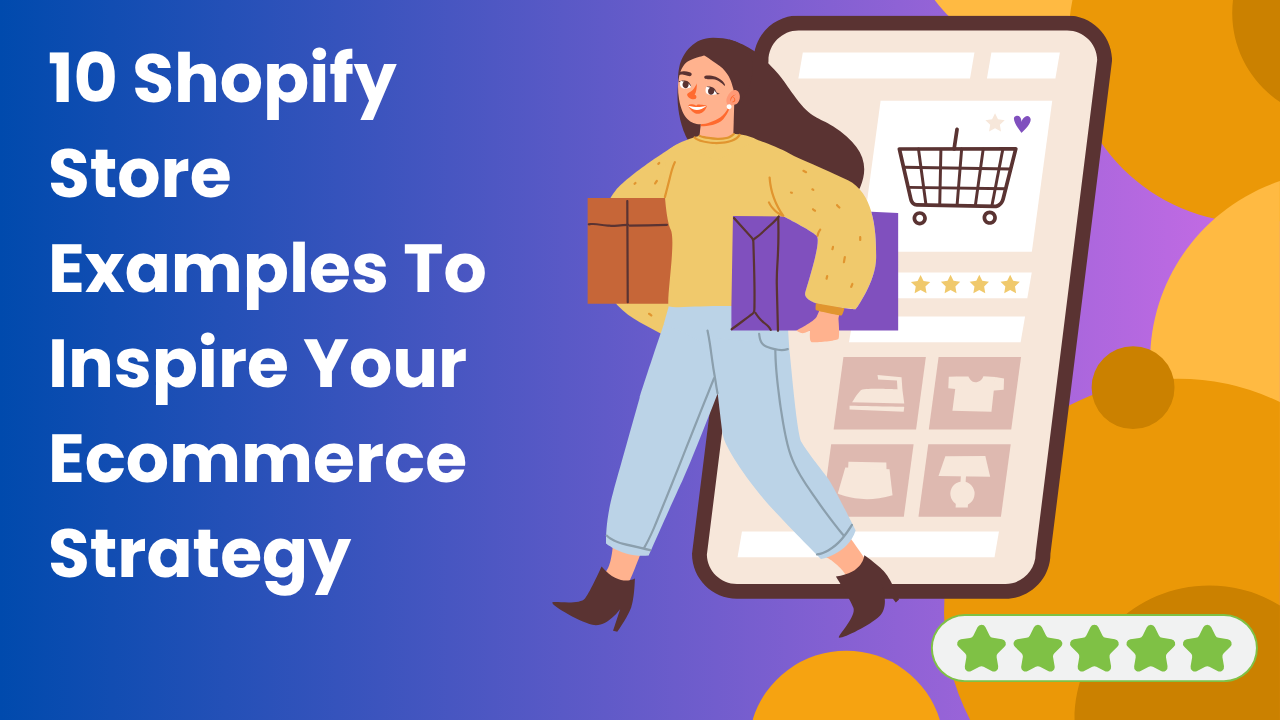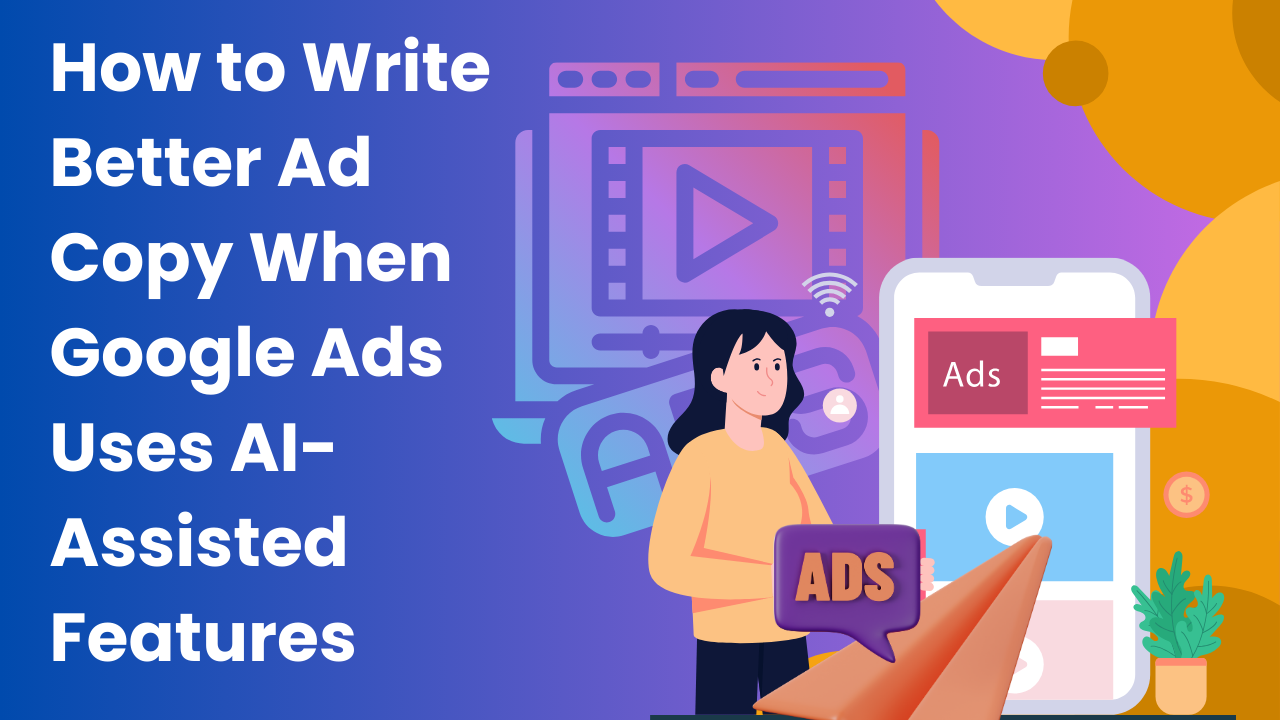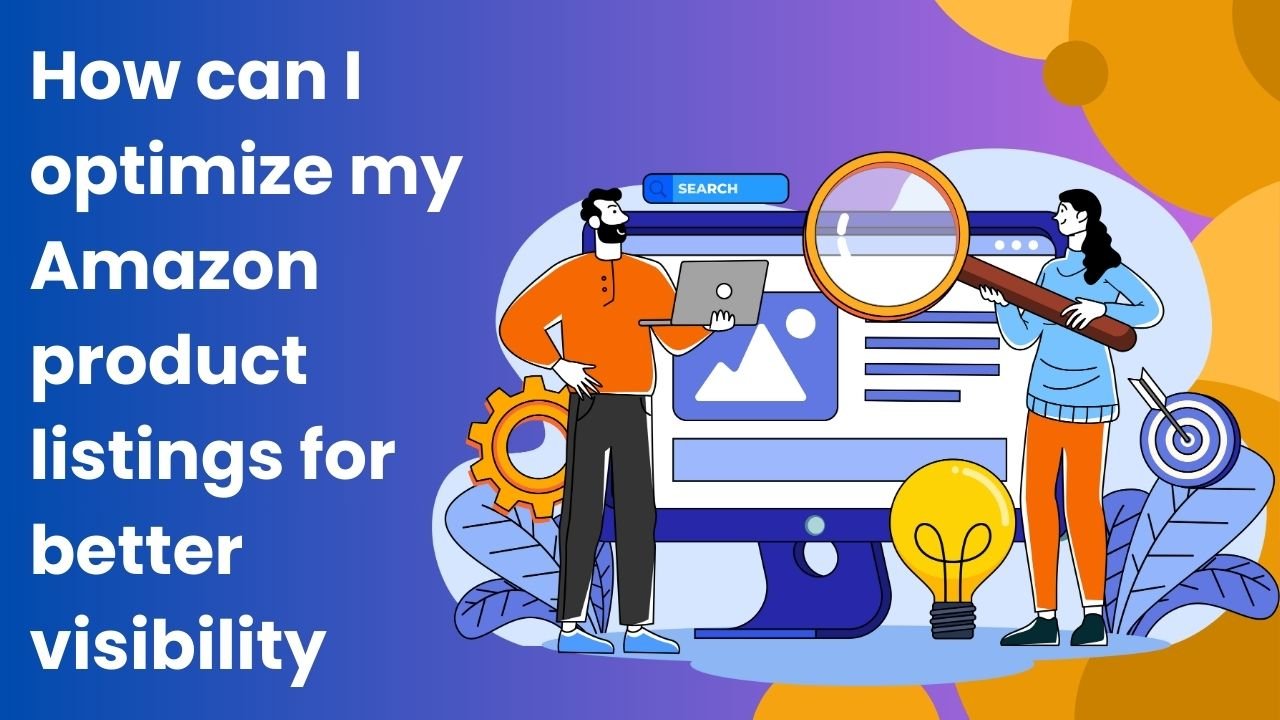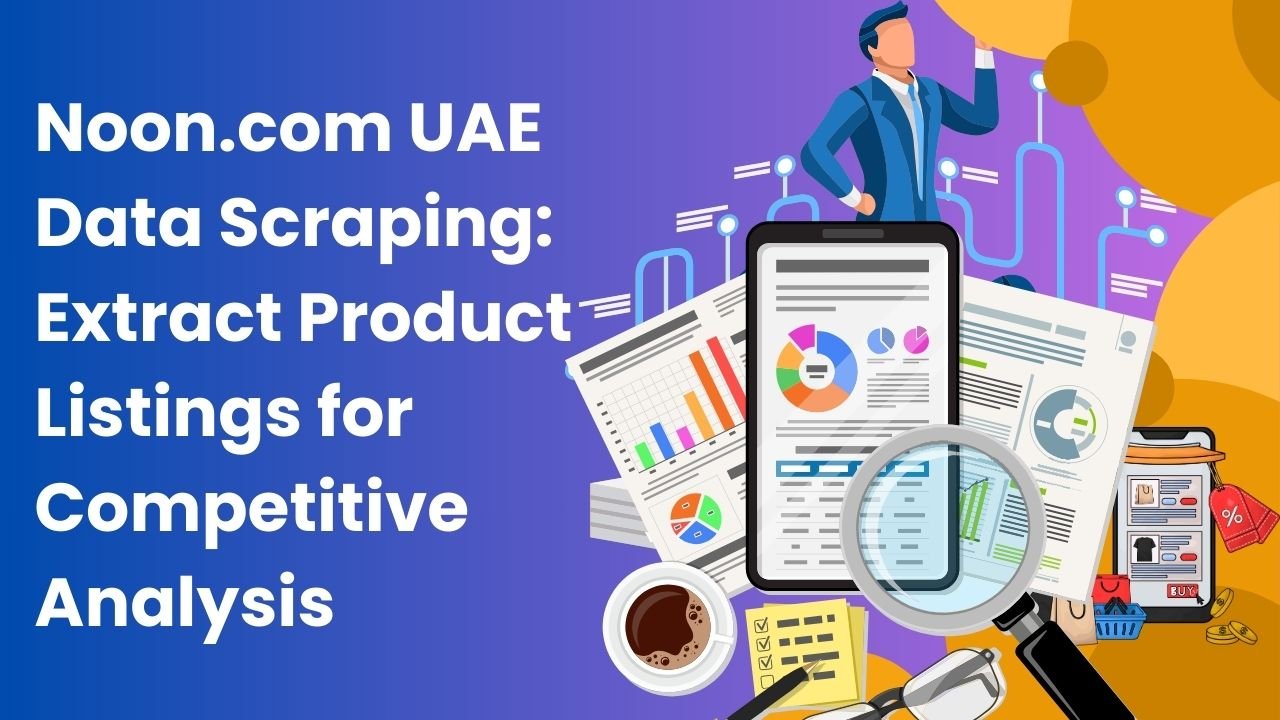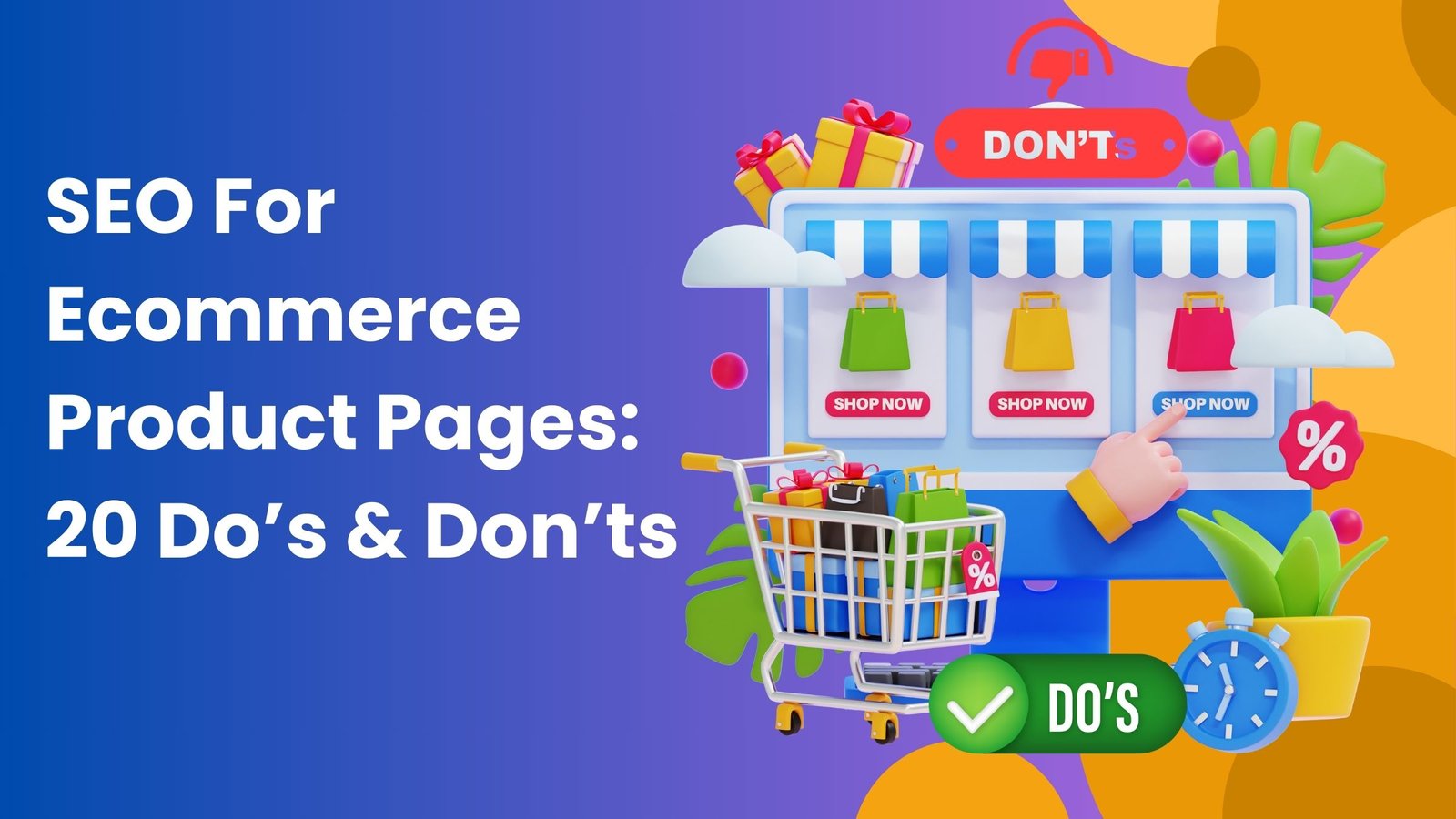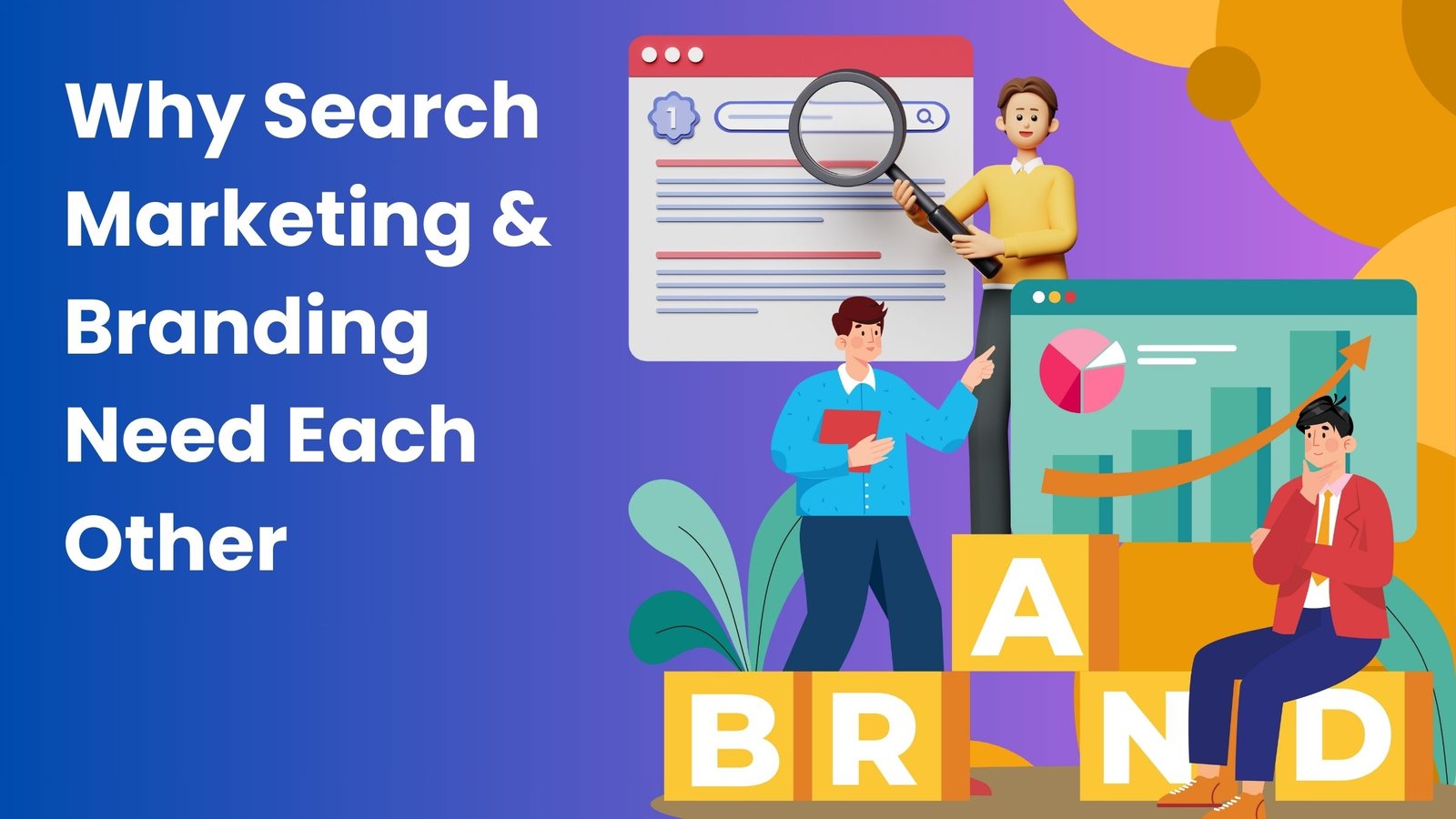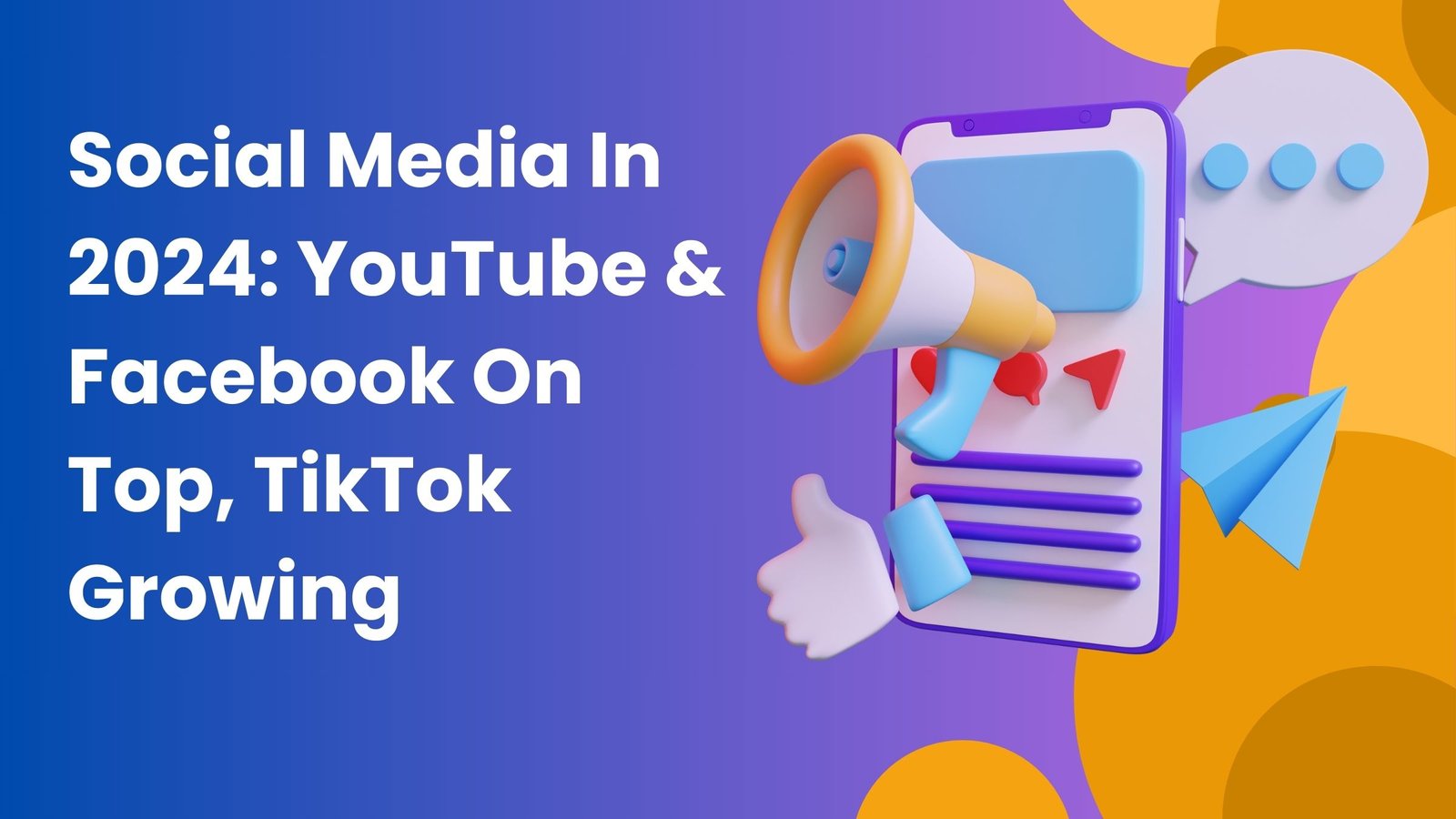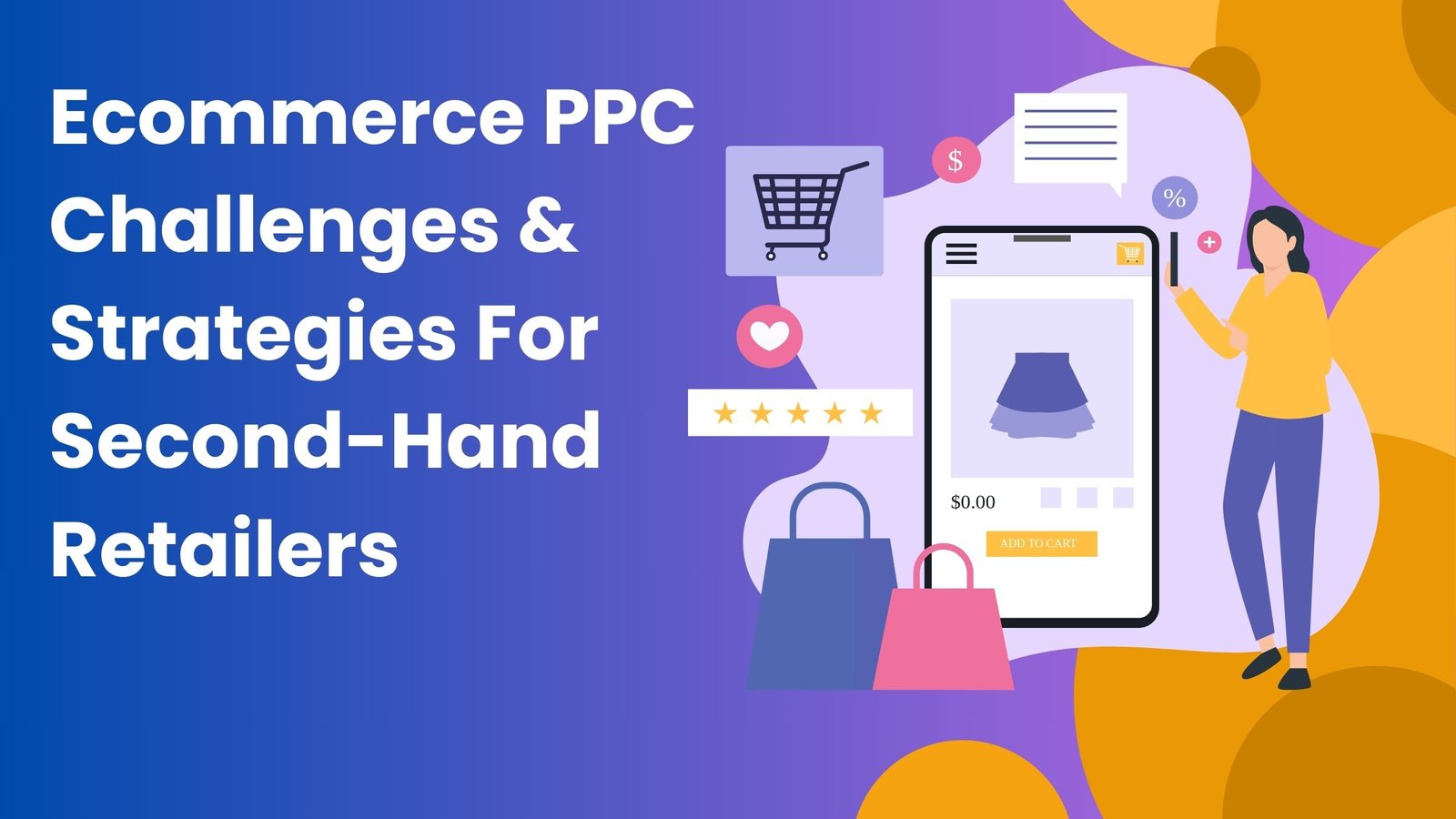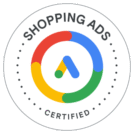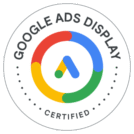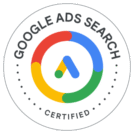10 Shopify Store Examples to Inspire Your Ecommerce Strategy
The ecommerce landscape thrives on innovation, and Shopify development services empower businesses to create stunning, high-performing online stores. Shopify’s flexibility, scalability, and user-friendly platform make it a top choice for entrepreneurs worldwide. Whether you’re launching a new store or revamping an existing one, drawing inspiration from successful Shopify stores can spark ideas to elevate your … Read more

